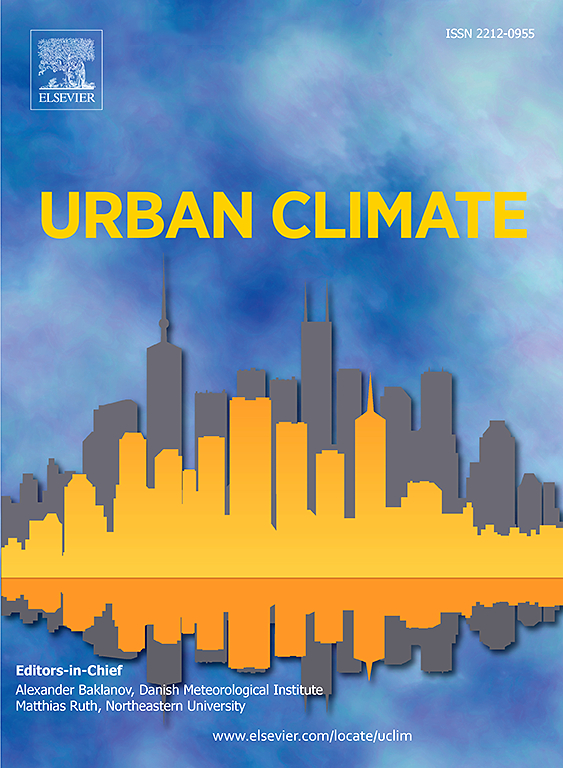Photovoltaic mobile charging station for green infrastructure: A data-driven case study
IF 6
2区 工程技术
Q1 ENVIRONMENTAL SCIENCES
引用次数: 0
Abstract
In this study, it is aimed to establish photovoltaic-based charging stations for electric micro mobility vehicles (EMMCS). A data-driven optimization approach is presented for the design and site selection solution of EMMCS. This approach consists of a three-step solution methodology. First, 18 criteria affecting the site selection of micro mobility vehicles were determined. The Analytical Hierarchy Process (AHP) was used to calculate the priority values of these criteria, and a new formulation was created by analysing them with six different machine-learning algorithms to increase consistency. Secondly, spatial analyses were conducted via Geographic Information Systems (GIS) to identify the most suitable areas for EMMCS, and a suitability map was obtained. Thirdly, the station assignment process analysis was carried out with Mixed-Integer Programming (MIP). It was recommended to establish 75 stations. The sample design of EMMCS was made based on photovoltaic (PV), and the Alternative ranking technique based on adaptive standardized intervals (ARTASI) approach was adopted to assess the performance of the alternatives. It is observed that EMMCS-8, 9, 31, and 25 have the highest construction priority. All these processes were implemented as a case study and four distinct service classes were defined based on the real-world scenario. To the best of the authors' knowledge, this is the first study in which both the site selection and siting problems of PV-based stations are solved together.
绿色基础设施的光伏移动充电站:数据驱动的案例研究
在本研究中,旨在建立基于光伏的电动微型交通工具充电站。提出了一种数据驱动的EMMCS设计与选址优化方法。该方法由三步解决方法组成。首先,确定了影响微型机动车辆选址的18项标准。分析层次过程(AHP)用于计算这些标准的优先级值,并通过使用六种不同的机器学习算法分析它们来创建新的公式,以增加一致性。其次,利用地理信息系统(GIS)进行空间分析,确定最适宜建设EMMCS的区域,并绘制适宜性图;第三,利用混合整数规划(MIP)方法对站点分配过程进行了分析。建议设立75个监测站。基于光伏(PV)进行了EMMCS的样本设计,采用基于自适应标准化区间(ARTASI)方法的备选方案排序技术对备选方案的性能进行了评价。可以看出,EMMCS-8、9、31和25具有最高的建设优先级。所有这些流程都作为案例研究实现,并且基于真实场景定义了四个不同的服务类。据作者所知,这是第一个同时解决pv站点选址和选址问题的研究。
本文章由计算机程序翻译,如有差异,请以英文原文为准。
求助全文
约1分钟内获得全文
求助全文
来源期刊

Urban Climate
Social Sciences-Urban Studies
CiteScore
9.70
自引率
9.40%
发文量
286
期刊介绍:
Urban Climate serves the scientific and decision making communities with the publication of research on theory, science and applications relevant to understanding urban climatic conditions and change in relation to their geography and to demographic, socioeconomic, institutional, technological and environmental dynamics and global change. Targeted towards both disciplinary and interdisciplinary audiences, this journal publishes original research papers, comprehensive review articles, book reviews, and short communications on topics including, but not limited to, the following:
Urban meteorology and climate[...]
Urban environmental pollution[...]
Adaptation to global change[...]
Urban economic and social issues[...]
Research Approaches[...]
 求助内容:
求助内容: 应助结果提醒方式:
应助结果提醒方式:


